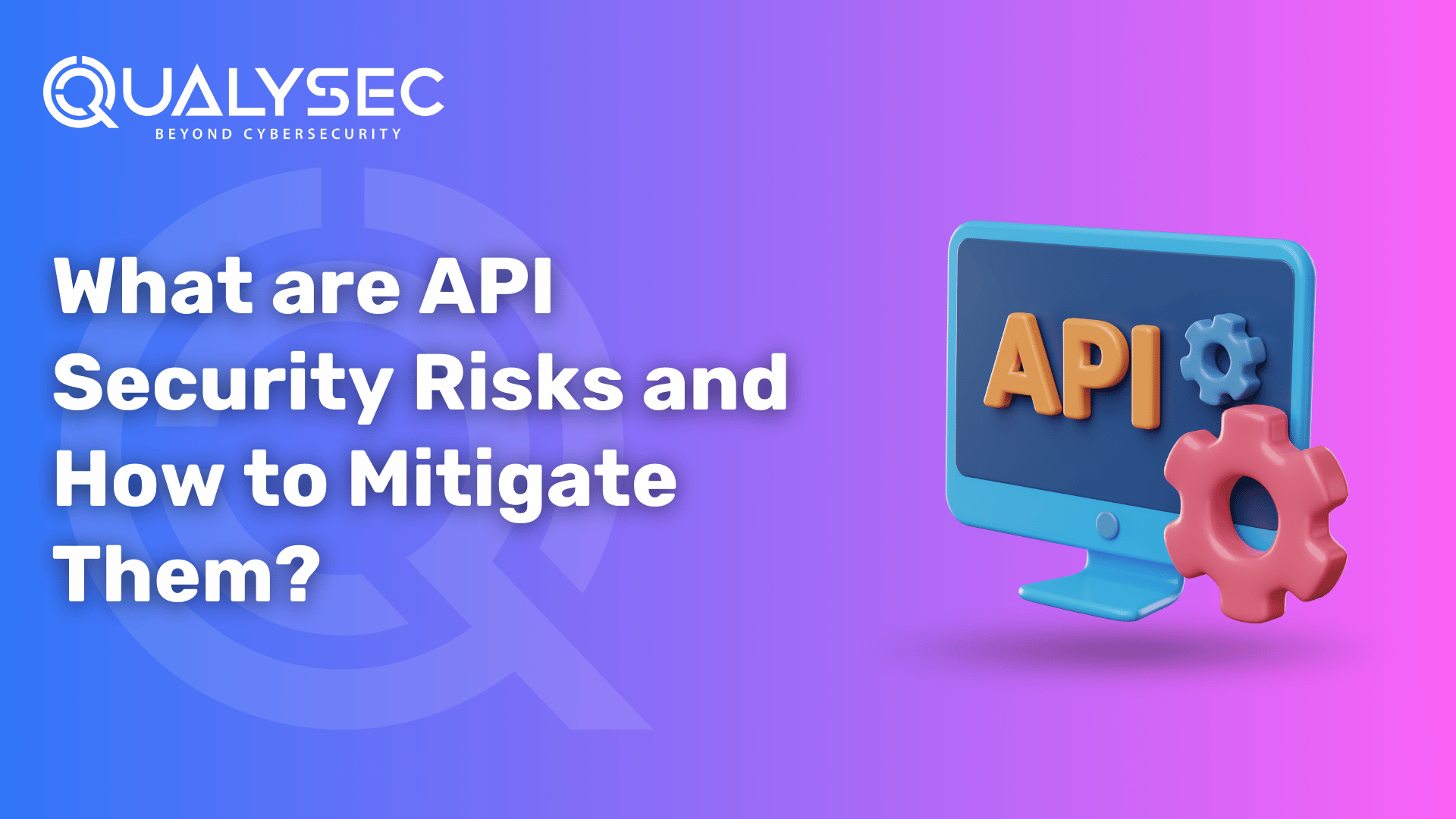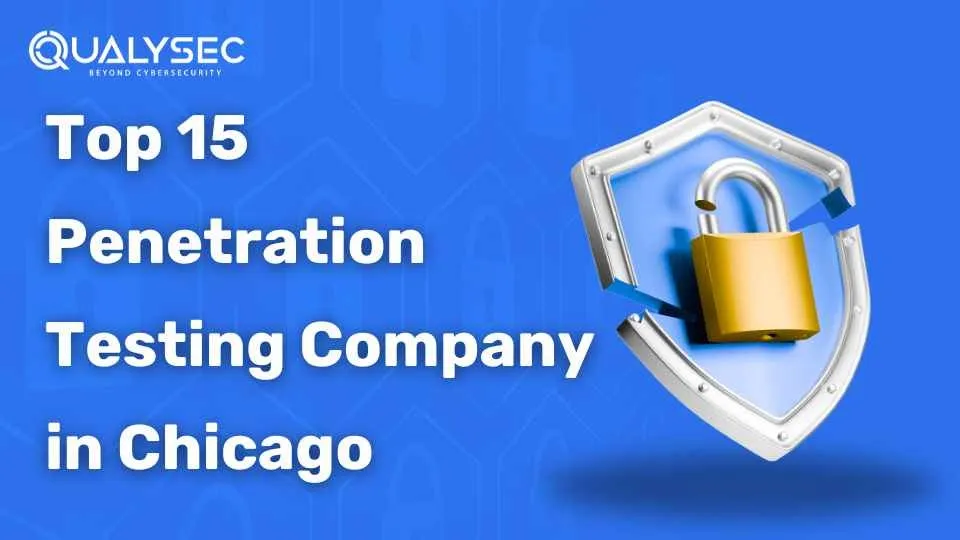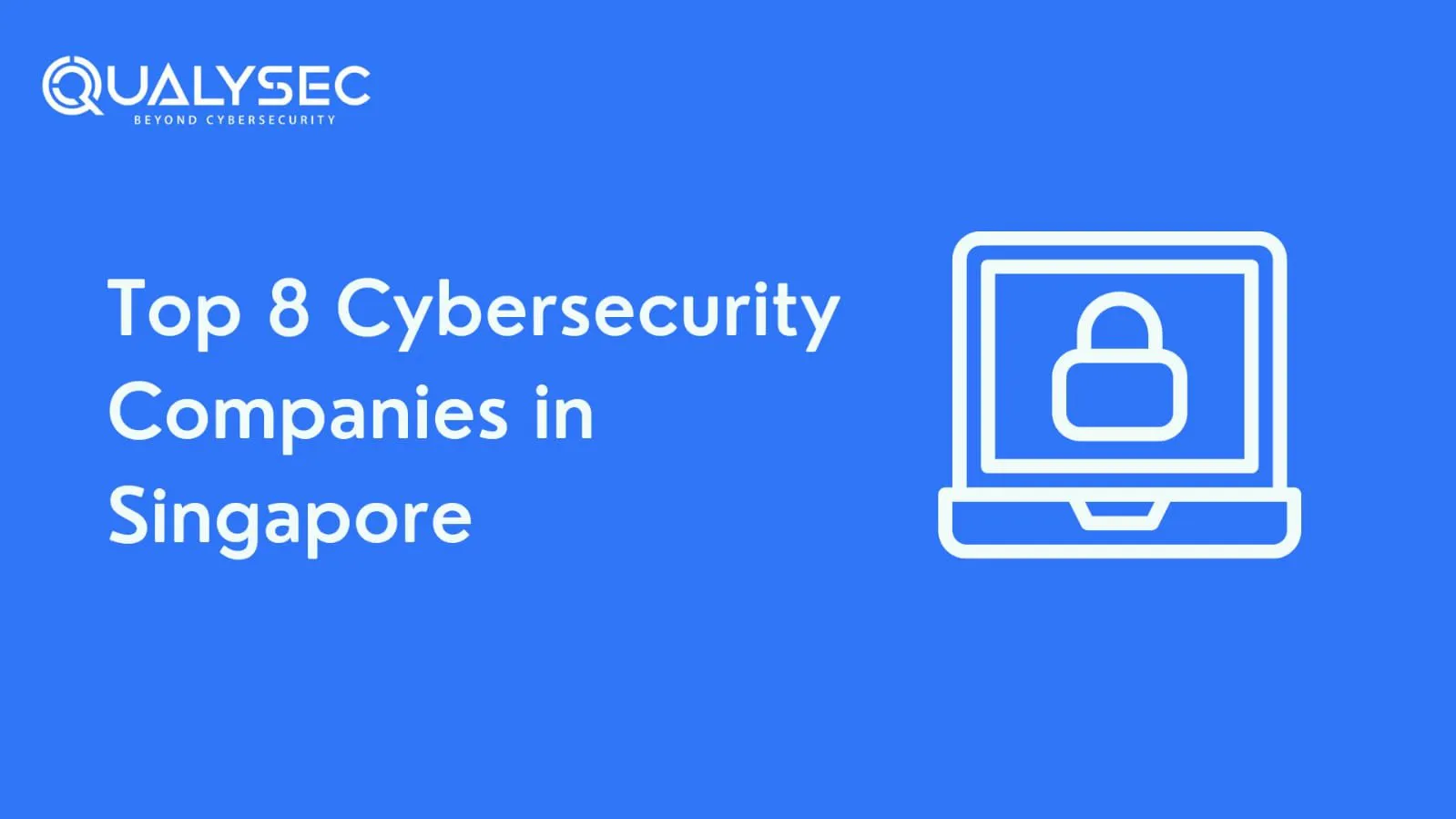An essential process for identifying possible security holes in cloud-based infrastructure and applications is cloud penetration testing. Over the past ten years, cloud computing adoption has become increasingly popular in IT companies. When compared to equivalent on-premises infrastructure, cloud infrastructure offers higher productivity and lower costs due to its improved operational efficiency and productivity.
It is essential to secure cloud assets against both internal and external threats considering the importance of cloud systems and data. According to recorded breaches, 30,578,031,872 known data was breached in 8,839 publicly revealed incidents.
We’ll talk about the advantages and methodology of cloud pen testing in this blog. Additionally, it will also reveal the typical flaws in cloud security as well as the best practices in cloud pen testing.
What is Cloud Penetration Testing?
Cloud Penetration Testing replicates actual cyberattacks on cloud-native services and applications, corporate components, APIs, and the cloud infrastructure of an organization. Federated login systems, serverless computing platforms, and Infrastructure as Code (IaC) are examples of this. In addition, cloud pen testing is an innovative approach developed to tackle the risks, weaknesses, and threats related to cloud infrastructure and cloud-native services.
The primary objective of cloud security testing is to protect digital infrastructure from a constantly evolving variety of threats. Additionally, it provides enterprises with the highest level of IT security assurance which is necessary to meet their risk requirements.
Benefits of Cloud Penetration Testing
Cloud penetration testing helps enterprises that store crucial data on the cloud along with cloud service providers. A majority of cloud providers have implemented a shared responsibility model between themselves and their clients, which is maintained by the following:
- Aids in identifying weak points: Testing for cloud penetration guarantees that vulnerabilities are quickly fixed once they are found. The thorough scanners can detect even the smallest weaknesses. Hence, this is important because it aids in the quick remediation of the vulnerability before hackers take use of it.
- Improves application and cloud security: The continuous update of security mechanisms is another advantage of cloud penetration testing. In addition to that, if any security holes are discovered in existing security mechanisms, it helps improve them.
- Enhances dependability between suppliers and consumers: Frequent execution of pen tests on cloud infrastructure might enhance the dependability and credibility attributed to cloud service providers. This can retain existing customers at ease with the degree of protection offered for their data while gaining new ones because of the cloud provider’s security-consciousness.
- Supports the preservation of compliance: Conducting cloud pen tests is beneficial in identifying areas of non-compliance with different regulatory standards and vulnerabilities. As a result, the detected areas can be fixed to fulfill compliance standards and prevent penalties for non-compliance.
“Explore more: Cloud application penetration testing
Methodology of Cloud Penetration Testing
The following steps must be taken when conducting Cloud pen testing, including:
1. Information Gathering
Information gathering is the first step in cloud penetration testing. Here is where the penetration testing team can obtain important documents from the organization. They employ several techniques and instruments together with the data to fully utilize the technical insights. Testers can operate more efficiently and rapidly when they have a thorough understanding of the application and facts.
2. Planning
The pen testers established their objectives and aims by delving deeply into the web application’s complex technicalities and abilities. The testers adapt their strategy and study to target certain vulnerabilities and malware within the application.
3. Automation Scanning
Here, automated cloud-based pen testing tools are utilized to scan for surface-level vulnerabilities and expose them before an actual hacker does.
4. Manual Testing
In this step, pen testers manually navigate the application and execute tests to eliminate the weaknesses discovered.
5. Reporting
During this phase, pen testers create a comprehensive and developer-friendly report that includes every detail about the vulnerability discovered and how to address it.
Want to see how the pen test report looks? You may obtain a sample report by clicking here.
Latest Penetration Testing Report

6. Consultation
This phase occurs when the developer requires assistance in resolving the issue, and the testers are prepared for a consultation call.
7. Retest
During this step, testers re-test the application to see whether any issues remain after the developer’s remediation.
Common Cloud Vulnerabilities
Here are some of the most common vulnerabilities among the many attack methods that may result in different kinds of damaging incidents of your cloud Security services:
1. Insecure Coding Techniques
Most companies try to develop their cloud infrastructure as cheaply as possible. Because of poor development practices, such software often has issues such as SQL, XSS, and CSRF. Furthermore, these vulnerabilities are at the root of most cloud web service intrusions.
2. Out-of-date Software
Outdated software contains serious security weaknesses that may harm your cloud penetration testing services. Furthermore, most software vendors do not use an intuitive updating method, and users can individually refuse automatic upgrades. This makes cloud services obsolete, which hackers identify using automated scanners. As a result, numerous cloud services relying on old software are prone to vulnerability.
3. Insecure APIs
APIs are commonly used in cloud services to transfer data across different applications. However, unsecured APIs can cause large-scale data leaks. Improper use of HTTP methods such as PUT, POST, and vanish in APIs might allow hackers to transfer malware or erase data from your server. Improper access control and a lack of input sanitization are other major sources of API compromise, as discovered during cloud penetration testing.
4. Weak credentials
Using popular or weak passwords leaves your cloud accounts vulnerable to hacking attempts. The attacker can utilize automated programs to make guesses, gaining access to your account using that login information. The consequences could be harmful resulting in a full account takeover. These assaults are very prevalent since people tend to reuse passwords and use passwords that are easy to remember. This truth can be proven by cloud penetration testing.
Cloud Penetration Testing Best Practices
Cloud penetration testing needs thorough planning, execution, and consideration of cloud-specific issues. Here are the best practices that the testing team follows:
| Practices | Descriptions |
| Authorization and Consent | Before doing any cloud-based penetration testing Methodology, obtain the appropriate authority and written agreement from the cloud service provider and the firm that controls the cloud resources. Failure to do so may lead to legal consequences and service disruptions. |
| Outline specific goals | Precisely define the scope and goals of the cloud penetration test. Understand the cloud services, apps, and data that are in scope, as well as the testing process’s specific goals. |
| Regulatory compliance | Ensure that all relevant laws, regulations, and industry standards are followed throughout penetration testing. Some cloud environments may have additional compliance requirements that must be addressed. |
| Communication with Service Provider | Inform the cloud penetration testing service provider of the planned penetration testing operations. Furthermore, they may incorporate regulations or recommendations to minimize the effects on shared infrastructure. |
| Documentation | It is important to record every step of the penetration testing process, including the testing strategy, results, and recommendations for correction. Efficient vulnerability management is facilitated by a well-organized report. |
| Comprehend Cloud Service Models | Learn about the shared responsibility models and the various cloud service models (PaaS, SaaS, and IaaS). Additionally, ascertain which security elements are under the control of the cloud service provider and which are the cloud customers. |
Cloud Penetration Testing with Qualysec
Companies are moving their application workloads to the cloud to save costs, increase flexibility, and shorten time to market. You can increase productivity, dependability, and creativity with QualySec Technologies without compromising cloud application security.
Moreover, QualySec offers customized security solutions using process-based penetration testing. A distinctive method that uses a hybrid cloud security testing methodology and a skilled team with significant testing knowledge to ensure that apps comply with the highest industry standards.
Using innovative and commercially available tools like Netsparker and Burp Suite, we combine automated vulnerability scanning with human testing as part of our full pen testing services. We actively support companies in navigating challenging regulatory compliance environments, such as HIPAA, SOC2, and ISO 27001.
We aid developers in fixing vulnerabilities with our thorough and developer-friendly pen testing report. You get a step-by-step complete report on how to fix a vulnerability, which means that this report includes all of the insights, starting with the location of the vulnerabilities found and concluding with a reference on how to address them.
Also explore:
Do you wish to know more about how tests are conducted? Get in touch with and schedule a consultation with experienced security specialists.
Talk to our Cybersecurity Expert to discuss your specific needs and how we can help your business.
Conclusion
In the technologically advanced world, cloud penetration testing is essential to protecting cloud infrastructure. Organizations can also protect their resources and information against harmful attacks by carefully scanning the cloud environment for any potential weak points.
Working together with recognized experts, establishing clear objectives, and routinely testing the cloud infrastructure will guarantee further development and fortify the general security of cloud-based systems. Additionally, businesses may successfully minimize security risks and utilize cloud computing with confidence when they incorporate cloud penetration testing into their cybersecurity strategy.
FAQs
Q. What is cloud security testing?
A. Cloud security testing is the process of evaluating the security controls and measures in cloud-based systems which could result in the detection of vulnerabilities, threats, and risks. Additionally, it secures the integrity, confidentiality, and availability of data in the cloud, improving overall cybersecurity positioning.
Q. What are the advantages of cloud penetration testing?
A. The advantages of cloud penetration testing are:
- Aids in identifying weak points
- Improves application and cloud security
- Enhances dependability between suppliers and consumers
- Supports the preservation of compliance
Q. Who needs cloud security?
A. Cloud Security has an essential role in the welfare of individuals, businesses, and organizations. Further, cloud provider guarantees the security of data, applications, and infrastructure, which are stored in cloud environments. They do so, by preventing unauthorized access, breaches of data, and cyber security threats. Thus, protecting users’ privacy, compliance, and other business aspects.
Q. What are the 3 cloud models?
- Infrastructure as a Service (IaaS)
- Platform as a Service (PaaS)
- Software as a Service (SaaS)
Q. What tools are used for cloud testing?
- Nessus
- CloudBrute
- PACU
- Prowler
- S3Scanner



































































































































































































































































































0 Comments